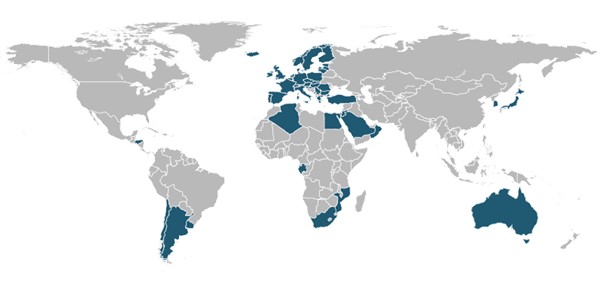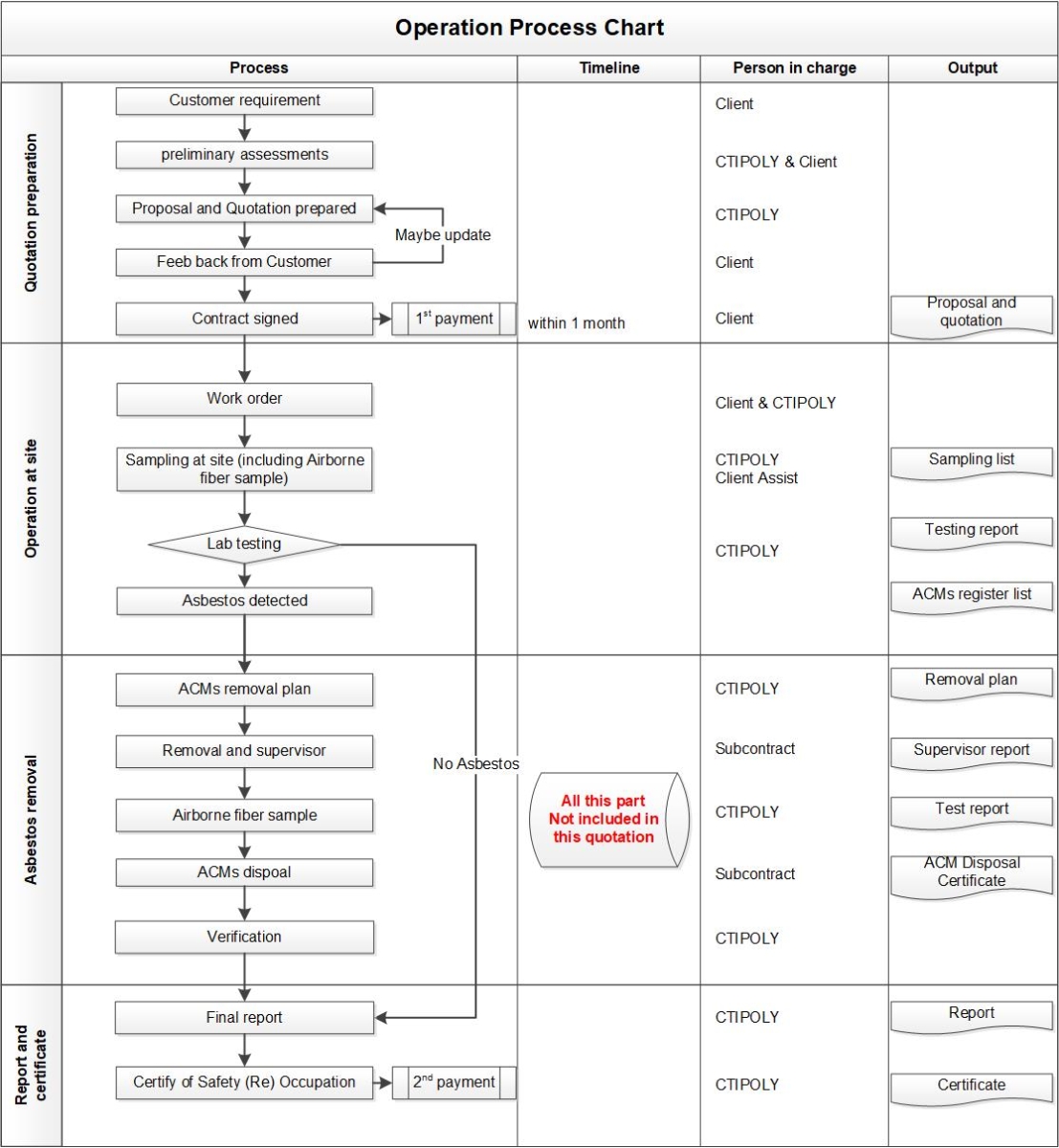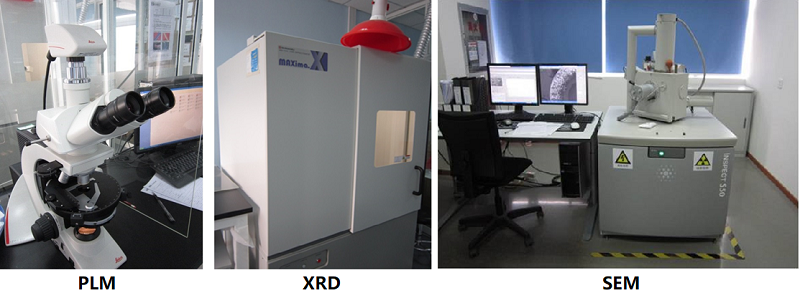Services
Related Pages
Asbestos Surveys for Office Premises

Asbestos Surveys for Office Premises
Background to asbestos
Asbestos has also been classified by the World Health Organization as a Group 1 category carcinogenic agent with overwhelming evidence showing that there is a significant cancer risk to humans when exposed it, in any form. It is no wonder then, that global efforts are being made to eliminate this major health hazard.
The term asbestos is typically used to refer to six naturally occurring silicate minerals. All are composed of long and thin fibrous crystals, each fibre being composed of many microscopic 'fibrils' that can be released into the atmosphere by abrasion and other processes. However, inhalation of asbestos fibres can lead to various serious lung conditions, including asbestosis and cancer.
Asbestos is an excellent electrical insulator and is highly heat-resistant, so for many years it was used as a building material, hence for this reason it is commonly found in older types of office buildings. The WHO estimate that around 125 million people are exposed to asbestos in the workplace (2018)[1], therefore much more needs to be done in order to protect people in occupational settings from asbestos worldwide. As a result of this, asbestos has been made illegal in many countries and increased efforts are being made to eliminate the material in residential and industrial environments.
Countries where asbestos is banned
As of August 2021, 55 countries have banned asbestos globally, as shown in the map and table below:

| Algeria | Egypt | Japan | Oman | Croatia |
| Czech Republic* | Israel | New Caledonia | Sweden | Honduras |
| Iceland | Mozambique | South Africa | Germany | Lithuania* |
| Malta* | Slovakia* | Belgium | Kuwait | Qatar |
| Saudi Arabia | Austria | France | Poland | United Kingdom |
| Argentina | Estonia* | Jordan | Switzerland | Cyprus* |
| Denmark | Italy | Norway | Chile | Hungary* |
| Ireland | Netherlands | Spain | Greece* | Luxembourg |
| Mongolia | Slovenia | Brunei | Latvia | Romania |
| Seychelles | Bahrain | Gabon | Portugal* | Uruguay |
| Australia | Finland | Korea (South) | Turkey | Croatia |
Potential containing Asbestos Risk
| Acoustical ceiling texture or “popcorn” | Asphalt flooring | Base flashing/mastic |
| Blown-in insulation | Boiler/tank insulation | Breaching insulation |
| Brick mortar | Built-up roofing | Caulking/putties |
| Ceiling tiles/panels/mastic | Cement board/transite | Cement pipes |
| Cement roofing shingles | Chalkboards | Construction mastics |
| Duct tape/paper | Ductwork flexible connections | Electrical cloth |
| Electrical panel partitions | Electrical wiring insulation | Elevator brake shoes |
| Erkot roofing material | Fire blankets | Fire curtains/hose |
| Fire doors | Fireproofing | Furnace insulation |
| Gray roofing paint | High temperature gaskets | HVAC duct insulation |
| Incandescent light fixture backing | Joint compound/wallboard | Laboratory hoods/table tops |
| Laboratory fume hood | Mudded pipe elbow insulation | Nicolet (white) roofing paper |
| Packing materials | Paper fire box in walls | Paper on backside of fiberglass insulation |
| Pipe insulation/fittings | Plaster/ wall joints | Poured flooring |
| Rolled roofing | Roofing shingles | Sink insulation |
| Spray-applied insulation | Stucco | Sub flooring slip sheet |
| Textured paints/coatings | Vapor barrier | Vinyl floor tile/mastic |
| Vinyl sheet flooring/mastic | Vinyl wall coverings | Window glazing |
| Any suspicious asbestos containing material | Packing/gaskets of machines/equipments |
Reference regulation
| UK | HSE HSG264 HSE HSG247 HSE HSG248 |
| US | AHERA EPA:ASBESTOS INSPECTOR EPA:ASBESTOS REMOVAL DESIGNER |
| China | GBZ/T 193-2007: 石棉作业职业卫生安全管理规范(Criterion of control and prevention for occupational hazard in processing asbestos) GBZ2.1-2007: 工作场所有害因素职业接触限值化学有害因素(Occupational exposure limits for hazardous agents in the workplace Chemical hazardous agents) GBZ/T 192.5-2007 . 工作场所空气中粉尘测定 第5部分:石棉纤维浓度(Method for determination of dust in the air of workplace,Part 5:Asbestos fiber concentration) |
| Australia | Safe Work Australia: HOW TO SAFELY REMOVE ASBESTOS (Code of Practice) Safe Work Australia: HOW TO MANAGE AND CONTROL ASBESTOS IN THE WORKPLACE (Code of Practice) |
Process

What we do
CTI-Maritec offer a comprehensive asbestos survey programme designed for companies operating within the maritime sector who need to step up their efforts to eliminate asbestos in the workplace.
We use three types of asbestos testing machines in order to ascertain whether asbestos is present in office locations.
Get in touch
If you have any questions or comments please don't hesitate to contact us
Services
Fuel Testing Solutions Water Compliance Services IHM & Recycling Asbestos Management Solutions NDT&UTMContact Us
192 Pandan Loop,
#05-27 Pantech Business Hub,
Singapore 128381
T +65 6271 8622